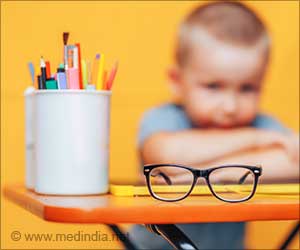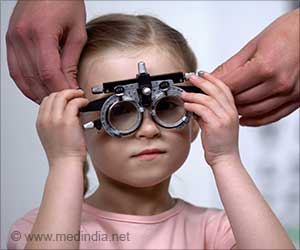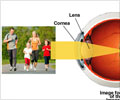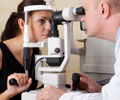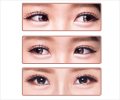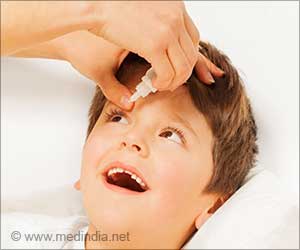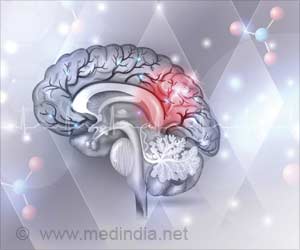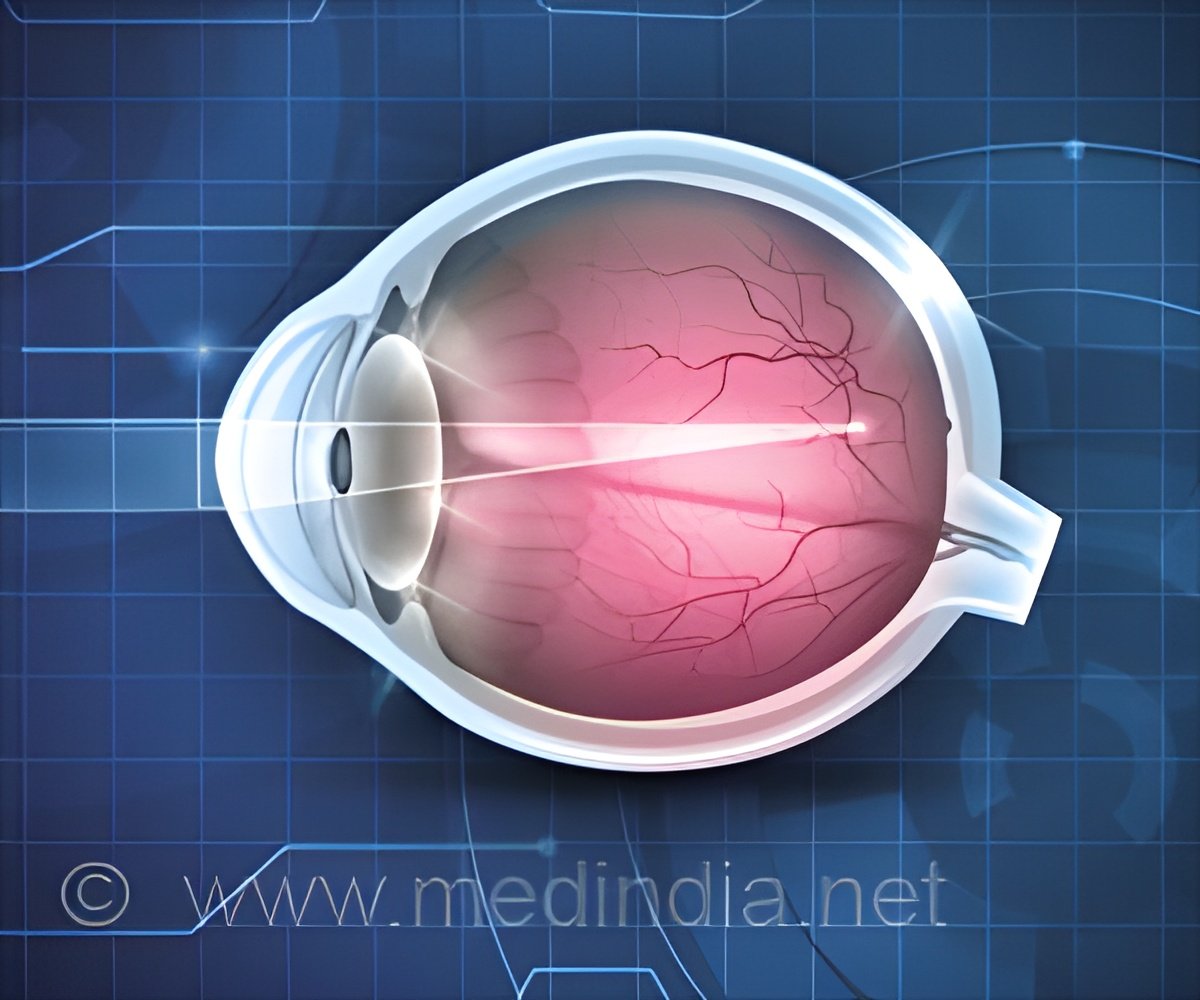
Low-Dose 0.01% Atropine Eye Drops vs Placebo forMyopia Control A Randomized Clinical Trial
Go to source).
‘Two-year randomized trial by PEDIG and NEI reveals minimal impact of low-dose atropine eyedrops (concentration 0.01%) on myopia progression in children compared to placebo.
# Atropine, #Eyedrops, #Eye
’
Tweet it Now
Advertisement
Myopia Management Unveiled
Importantly, the findings contradict results from recent trials, primarily in East Asia, which showed a benefit from 0.01% atropine in slowing myopia.“The overall mixed results on low-dose atropine show us we need more research. Would a different dose be more effective in a US population? Would combining atropine with other strategies have a synergistic effect? Could we develop other approaches to treatment or prevention based on a better understanding of what causes myopia progression?” said Michael F. Chiang, M.D., director of the NEI, which is part of the National Institutes of Health.
Identifying an optimal approach for preventing high (advanced) myopia is urgently needed given the escalating prevalence of myopia overall and the risk of it progressing to high myopia. By 2030, it’s predicted that 39 million people in the U.S. will have myopia. By 2050, that number is expected to grow to 44 million in the U.S. and to 50% of the global population.
Much stronger concentrations of atropine eyedrops (0.5-1.0%) have long been used by pediatric eye doctors to slow myopia progression. While effective, such doses cause light sensitivity and blurry near vision while on nightly eyedrops.
Thus, there is interest in clinical studies assessing lower concentrations that have been shown to have fewer side effects.
Advertisement
Implications for Myopia Treatment
“The absence of a treatment benefit in our U.S.-based study, compared with East Asian studies, may reflect racial differences in atropine response. The study enrolled fewer Asian children, whose myopia progresses more quickly, and included Black children, whose myopia progresses less quickly compared with other races,” noted the study’s lead co-author, Michael X. Repka, M.D., professor of ophthalmology, Johns Hopkins University.For the study, 187 children ages 5 to 12 years with low-to-moderate bilateral myopia were randomly assigned to use nightly atropine (0.01%) (125 children) or placebo (62 children) eyedrops for two years.
Study participants, their parents, and the eye care providers were masked to the group assignments. Patient care was provided at 12 study center sites throughout the U.S.
After the treatment period, and 6 months after treatment stopped, there were no significant differences between the groups in terms of changes in degree of myopia compared with baseline. Nor were there significant differences in axial length within the two groups when compared with baseline measurements.
Advertisement
Through the Pediatric Lens
“It's possible that a different concentration of atropine is needed for U.S. children to experience a benefit,” noted the study’s other lead co-author, Katherine K. Weise, O.D., professor, University of Alabama at Birmingham.“Clinical researchers could evaluate new pharmaceuticals and special wavelengths of light in combination with optical strategies, like special glasses or contact lenses, to see what works in reducing the progression of myopia.”
Among children, myopia will stabilize in about half of the children around age 16 years, and among an increasingly larger percentage as they get older. By their early twenties, about 10% of individuals with myopia will continue to grow more nearsighted, and by age 24 years that percentage is 4%.
“Vision scientists may help us figure out what’s different about the myopic eye, even among different races and ethnicities, to help create new treatment strategies,” she said. It will take a real convergence of eye research to solve the environmental, genetic, and structural mystery of myopia.”
Reference:
- Low-Dose 0.01% Atropine Eye Drops vs Placebo forMyopia Control A Randomized Clinical Trial - (https://jamanetwork.com/journals/jamaophthalmology/article-abstract/2807117)
Source-Eurekalert

